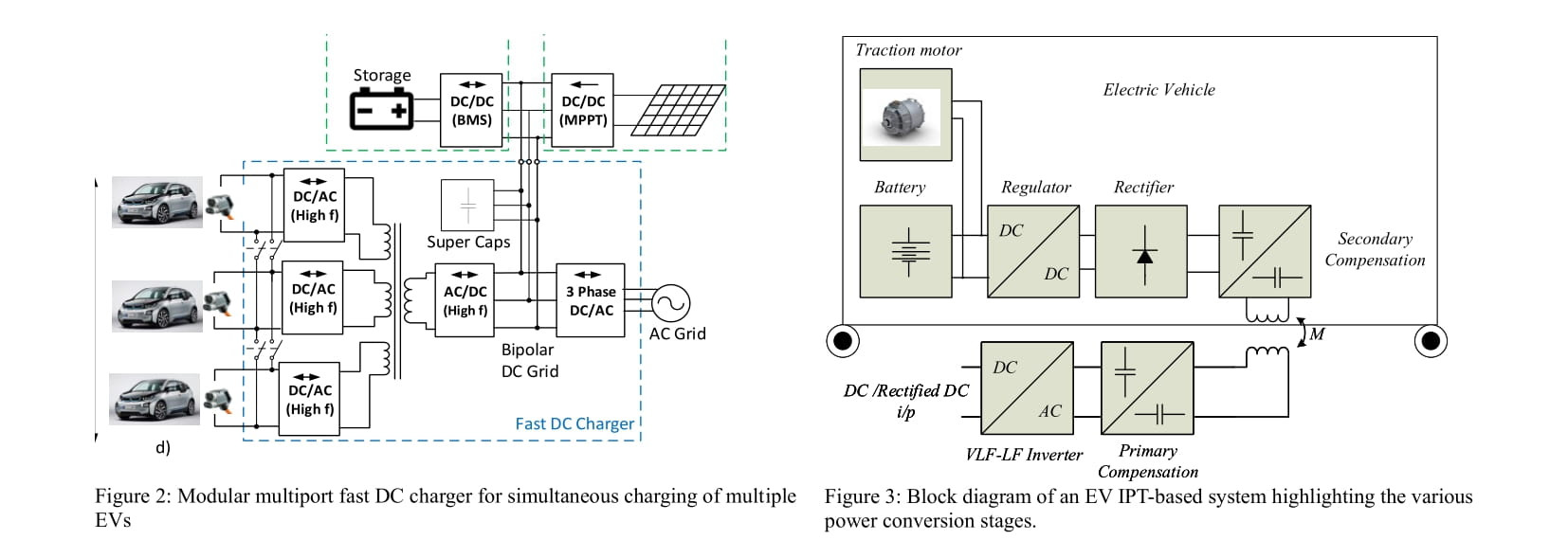IcETRAN 2022
KEY NOTE LECTURE:
Future of EV Charging
Summary:
Charging infrastructure for electric vehicles will be the key factor in ensuring a smooth transition to e-mobility. It is here, that five technologies will play a vital role in the EV charging infrastructure: smart charging (including vehicle-to-grid V2G technology), charging of EVs from photovoltaic panels, (ultra)fast charging, contactless charging, and on-road charging of EVs.
With the use of smart charging, the EV charging power and direction can be continuously controlled.
Smart charging of EVs can provide several benefits to the EV owner and the providers of the EV charging
infrastructure like reduced peak demand on the grid and reduced cost.
In order to ensure that the use of electric vehicles results in net-zero CO2 emissions, the charging infrastructure must derive all/majority of its power from renewable energy sources. It is here that the falling costs of photovoltaic panels (PV) over the years and the ease of integrating into the distribution network play a key role. Workplaces like office buildings and industrial areas are ideal to facilitate solar EV charging where the rooftops and car parks can be installed with PV panels. There are several additional advantages of charging EVs from photovoltaic panels: EV batteries can be used as energy storage for the PV and reduced energy and peak power demand on the grid as the EV charging power is locally generated from PV.

Concerning (ultra)fast charging, new EVs are designed to withstand high power and for the EU market, new standards are being developed with 350 kW charging. Research on what is the fast charger architecture and power electronic components which give the most competitive advantage considering, the product development (cost, manufacturing, operability, compactness, power efficiency, etc) is conducted. A new research question is how to maximize the utilization of the installed power of the EV charger.
Therefore, a concept of a multiport, flexible, and intelligent fast charger that features multiple outputs charging spots through the implementation of multiplexing techniques, scheduling, and simultaneous charging is developed (see Figure 2).
Contactless charging of EVs using Inductive Power Transfer (IPT) and on-road charging is a technology that is increasingly becoming accepted as an important feature of autonomous charging and a key element enabling autonomous driving of EVs. This technology uses electromagnetic energy transfer between loosely coupled charge-pads which are placed with an air gap in between. A block diagram of such a system is shown in Figure 3.

Short Bio:
 |
Pavol Bauer is currently a full Professor with the Department of Electrical Sustainable Energy of the Delft University of Technology and head of the DC Systems, Energy Conversion, and Storage group. He was also appointed as a professor by the president of the Czech Republic at the Brno University of Technology (2008) and an honorary professor at Politehnica University Timisoara in Romania. From 2002 to 2003 he was working partially at KEMA (DNV GL, Arnhem) on different projects related to power electronics applications in power systems. He published over 140 journals and 500 conference papers in his field (with H factor Google scholar 51, Web of Science 32), he is an author or co-author of 8 books, holds 7 international patents, and organized several tutorials at the international conferences. He has worked on many projects for industry concerning wind and waves energy, power electronic applications for power systems such as Smarttrafo; HVDC systems, projects for smart cities such as PV charging of electric vehicles, PV and storage integration, contactless charging; and he participated in several Leonardo da Vinci, H2020 and Electric Mobility Europe EU projects as project partner (ELINA, INETELE, E-Pragmatic, Micact, Trolly 2.0, OSCD) and coordinator (PEMCWebLab.com-Edipe, SustEner, Eranet DCMICRO). His main research interest is power electronics for charging electric vehicles and DC grids. He is a Senior Member of the IEEE (’97), former chairman of Benelux IEEE Joint Industry Applications Society, Power Electronics and Power Engineering Society chapter, chairman of the Power Electronics and Motion Control (PEMC) council, member of the Executive Committee of European Power Electronics Association (EPE) and also a member of the international steering committee at numerous conferences. |
